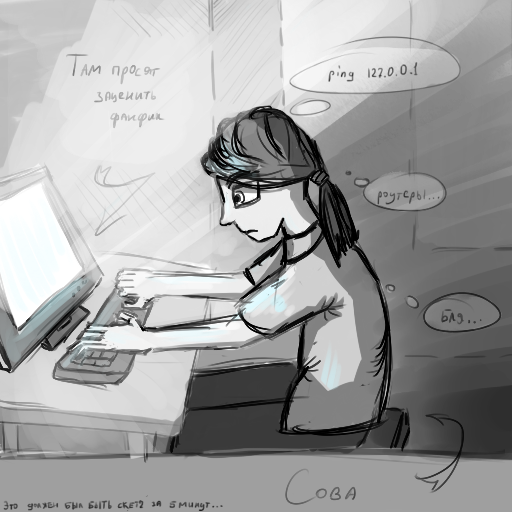I created a Java program to open a window and do double buffering:
import java.awt.*;
import java.awt.image.BufferedImage;
public class DoubleBufferingExample extends Frame {
private BufferedImage buffer;
private Graphics bufferGraphics;
public DoubleBufferingExample() {
super("Double Buffering Example");
setSize(300, 300);
setVisible(true);
buffer = new BufferedImage(getWidth(), getHeight(), BufferedImage.TYPE_INT_ARGB);
bufferGraphics = buffer.getGraphics();
}
public void update(Graphics g) {
paint(bufferGraphics);
g.drawImage(buffer, 0, 0, null);
}
public void paint(Graphics g) {
// draw your image or animation here
// using bufferGraphics instead of g
}
public static void main(String[] args) {
new DoubleBufferingExample();
}
}
However, when I try to close the window, it doesn't close. Anyone know how to fix this?






